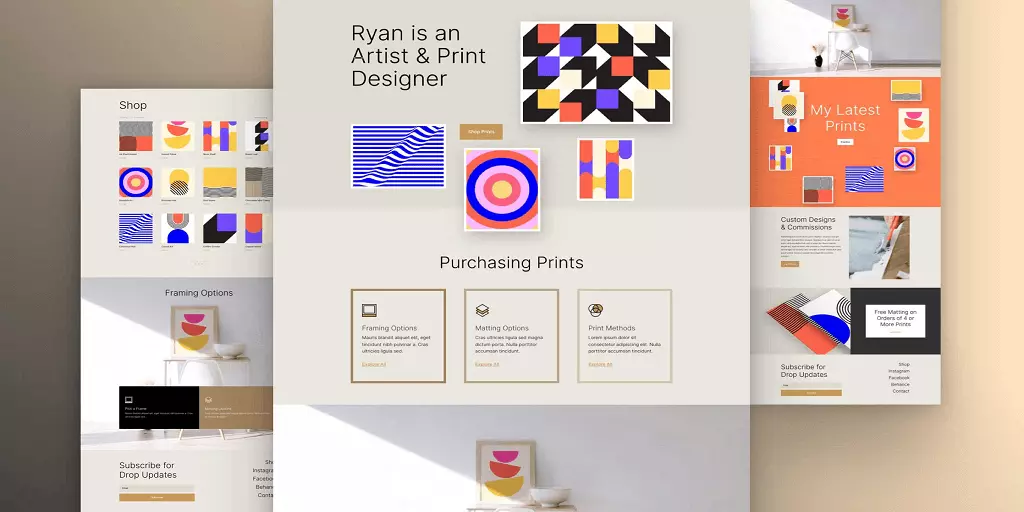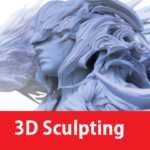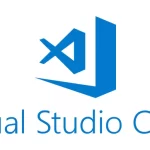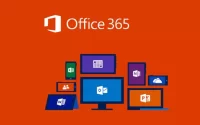How to Design Layouts for Print and Digital: InDesign Guide

Designing layouts that seamlessly translate across both print and digital platforms is a hallmark of effective graphic design. Adobe InDesign, a versatile desktop publishing software, empowers designers to create visually stunning and functional layouts. In this comprehensive guide, we’ll delve into the art of designing layouts for both print and digital mediums using InDesign, providing you with the skills to captivate your audience in various contexts.
Content
Getting Started: Navigating InDesign’s Interface
Before diving into layout design, let’s acquaint ourselves with InDesign’s interface and essential features.
1. Installation and Setup: Configuring Your InDesign Workspace
Learn how to install InDesign and set up a workspace that suits your design preferences. We’ll guide you through tools, panels, and customization options for an optimal design environment.
2. Document Creation: Print and Digital Parameters
Explore the process of creating new documents tailored for print and digital distribution. Understand the differences in dimensions, color modes, and resolutions to ensure your designs shine in every context.
3. Mastering Text and Typography: Font Play and Alignment
Discover the art of typography in InDesign. Learn to manipulate fonts, sizes, kerning, and leading for optimal readability. Explore text alignment techniques to create visually appealing layouts.
4. Image Integration: Enhancing Visual Impact
Grasp the essentials of incorporating images into your designs. Learn to place, crop, and resize images, as well as use tools like grids and guides to achieve precision in image alignment.
5. Layout Composition: Grids and Proportions
Unlock the secrets of effective layout composition. Explore the use of grids, columns, and proportional guidelines to achieve balanced and visually harmonious designs.
6. Interactive Elements: Creating Engaging Digital Experiences
Discover how to add interactivity to your digital layouts. Learn to create buttons, hyperlinks, and navigation elements that elevate user engagement and enhance the digital experience.
FAQs
Can InDesign be used for complex layouts like magazines and eBooks?
Absolutely! InDesign is a staple in the publishing industry, suitable for creating intricate layouts for magazines, books, and eBooks. Its robust features ensure professional-quality designs.
Is InDesign suitable for web design projects?
While InDesign is primarily geared towards print and digital layouts, it may not be the ideal choice for web design. Consider using dedicated web design tools like Adobe XD or Figma for optimal results.
Conclusion
Mastering layout design for print and digital mediums is a valuable skill that sets designers apart. With the insights and techniques provided in this guide, you’re equipped to embark on a creative journey that bridges the gap between various design contexts. As you continue to explore InDesign’s capabilities, remember that practice and experimentation are key. So, unleash your design prowess, harness the power of InDesign, and craft layouts that captivate and resonate with your audience, whether they’re flipping through a magazine or scrolling on a screen.

Leroy Allen is a blogger with a passion for technology who has been writing about the latest in the world of gadgets and gizmos. They are an avid reader of Science-Fiction novels and love to spend time with their wife and kids.















